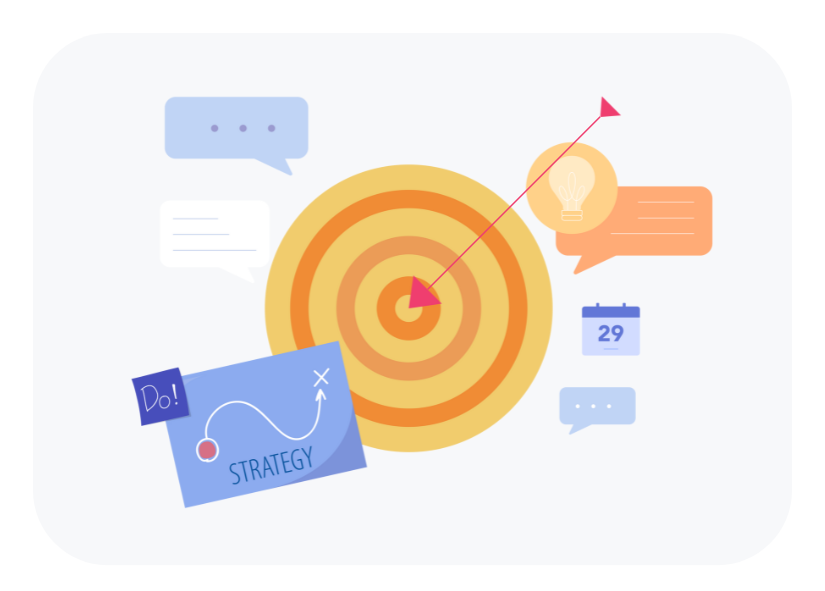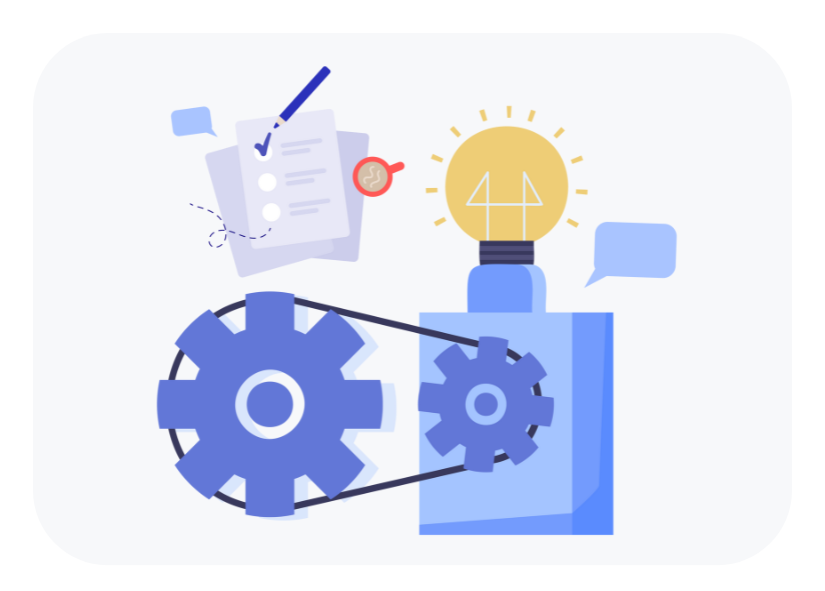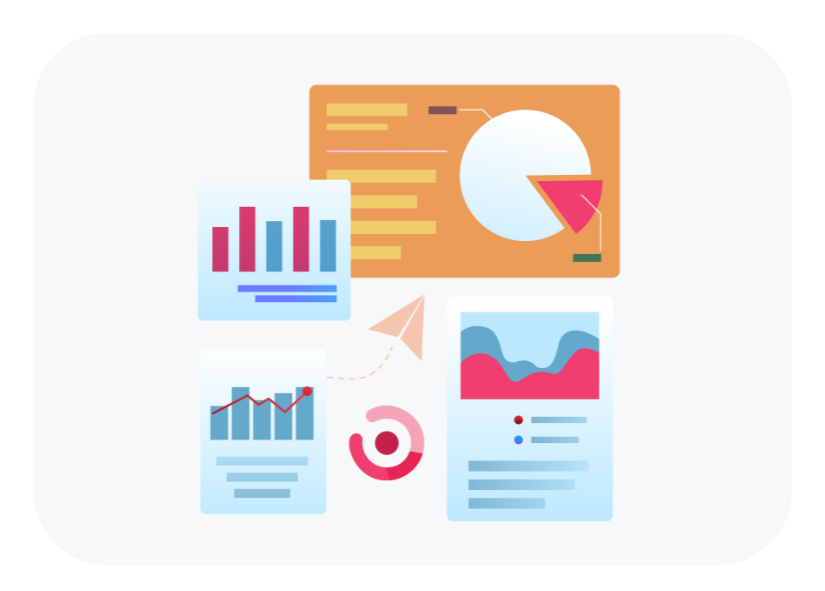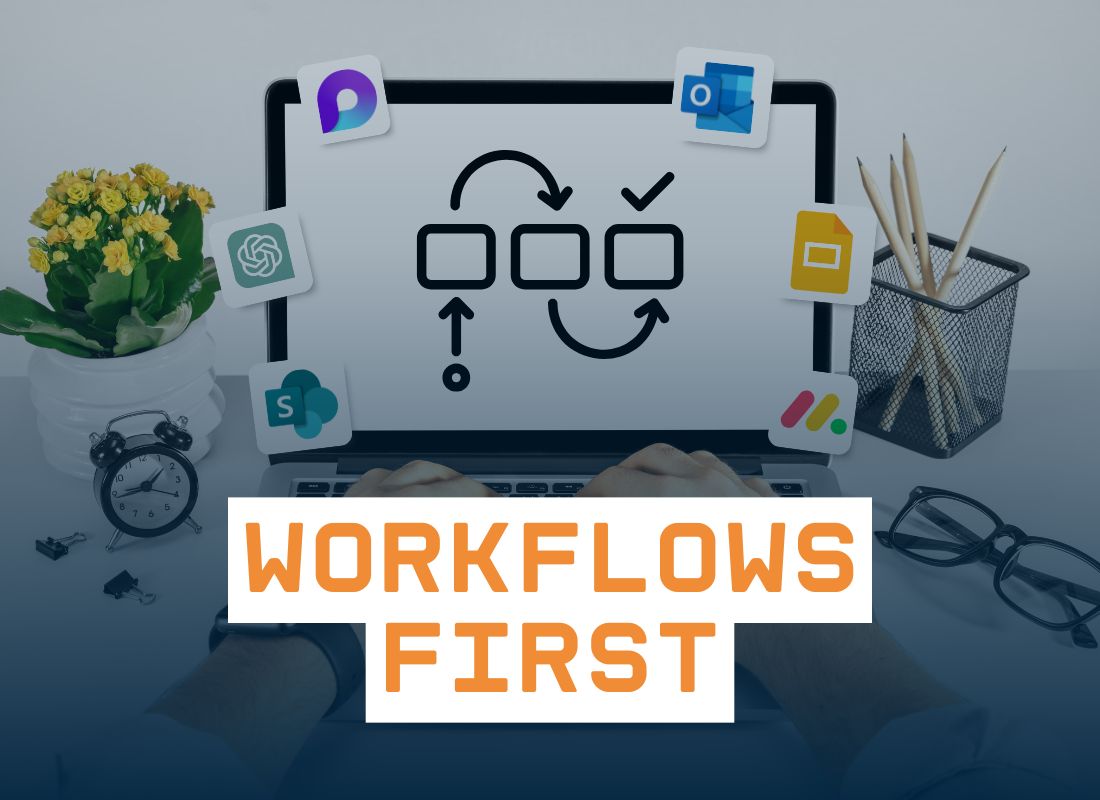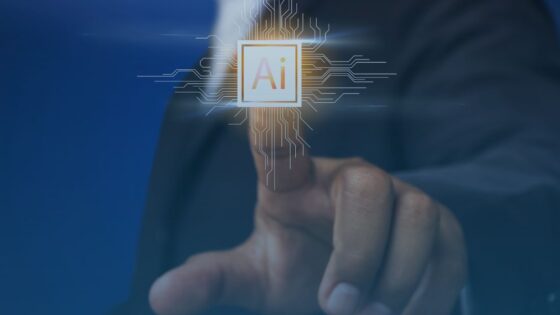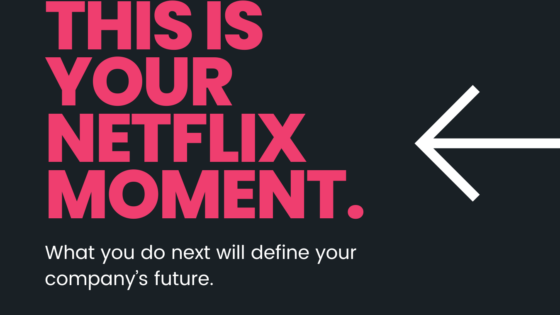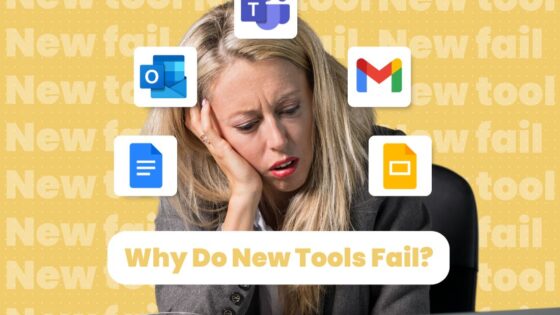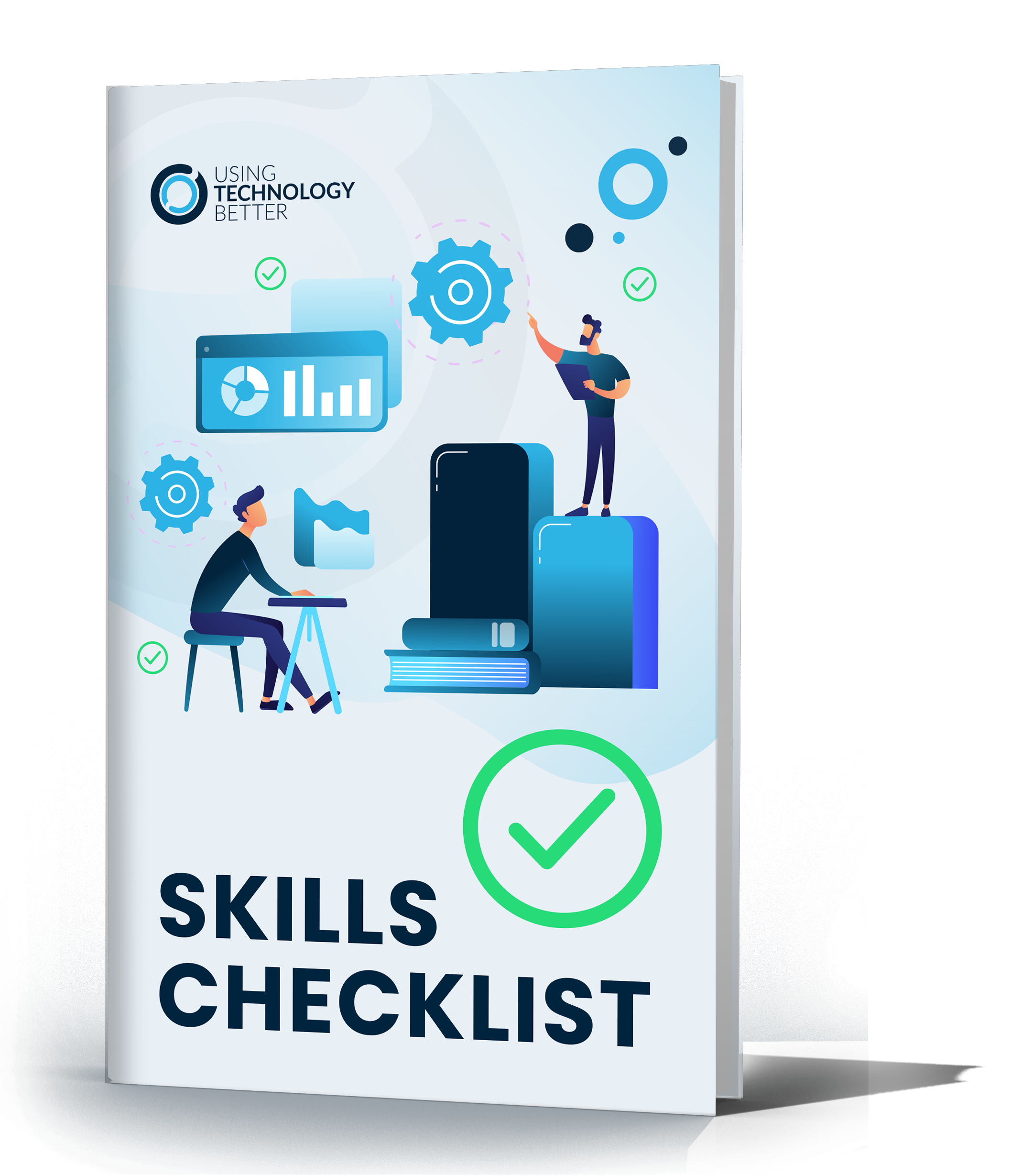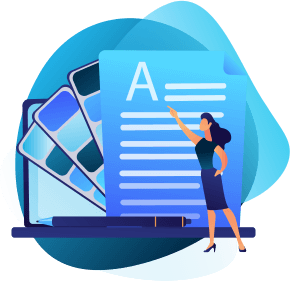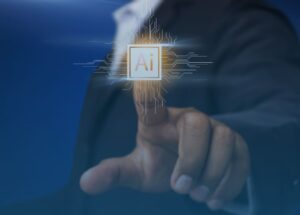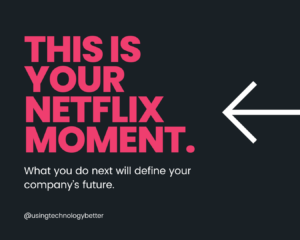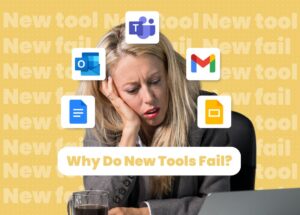Why the Tool Isn’t the Problem... Your Process Might Be
It’s easy to get excited about new software. The sales pitch is slick. The features are impressive. The promise? Increased productivity, better collaboration, less admin.
But a few months post-implementation, things look very different.
Adoption is low. The team is frustrated. And the productivity boost? Still waiting.
So, what went wrong?
Most companies choose technology before understanding how their teams actually work.
They focus on features over function and tools over workflow.
And here’s the uncomfortable truth:
If your workflow is unclear, no tool – AI-powered or otherwise – will fix it.
In fact, it might make things worse.
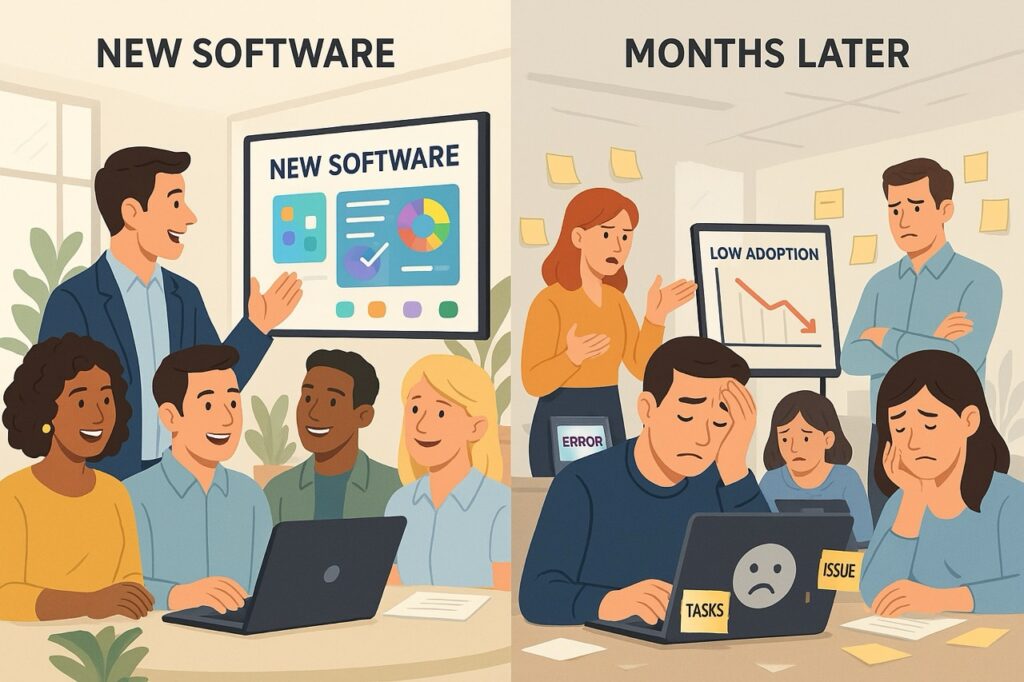
In today’s landscape, the stakes are higher.
The rise of AI, automation, and advanced integrations means the tech we choose doesn’t just support our work… it often shapes it.
But here’s the catch:
AI doesn’t fix messy workflows – it amplifies them.
If your processes are unclear or inefficient, AI will simply automate the chaos.
The businesses seeing real ROI from AI are the ones who have already done the foundational work: mapping workflows, simplifying systems, and aligning tech to human needs.
Why This Matters More Than Ever in 2025
The Cost of Tool-First Thinking
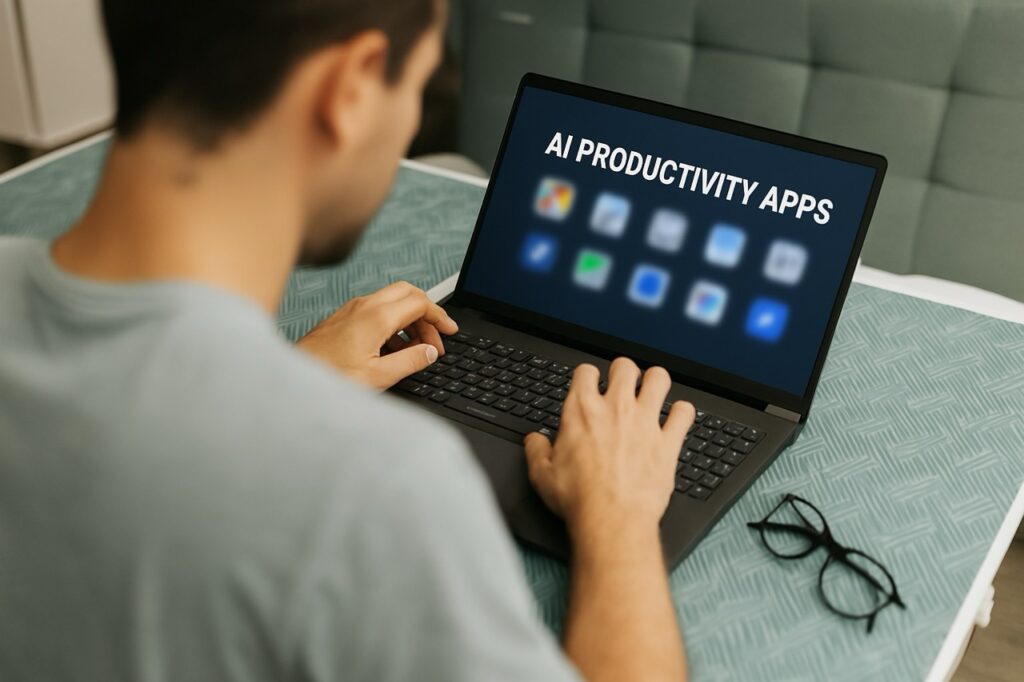
When tools are chosen without understanding how work actually gets done, here’s what typically happens:
Processes are forced to fit the tool, rather than tools being chosen to fit the process
Employees build workarounds that slow things down
Teams resort to old systems because the new ones create more friction
Integration issues lead to siloed data, double-handling, and confusion
And let’s not forget the real cost: time, trust, and productivity.
According to Gartner, the average employee uses 11+ applications per day. Constantly switching between disconnected systems can reduce productivity by up to 40%.
More tech doesn’t always mean better performance. Often, it just means more noise.
Workflows First: How to Flip the Script
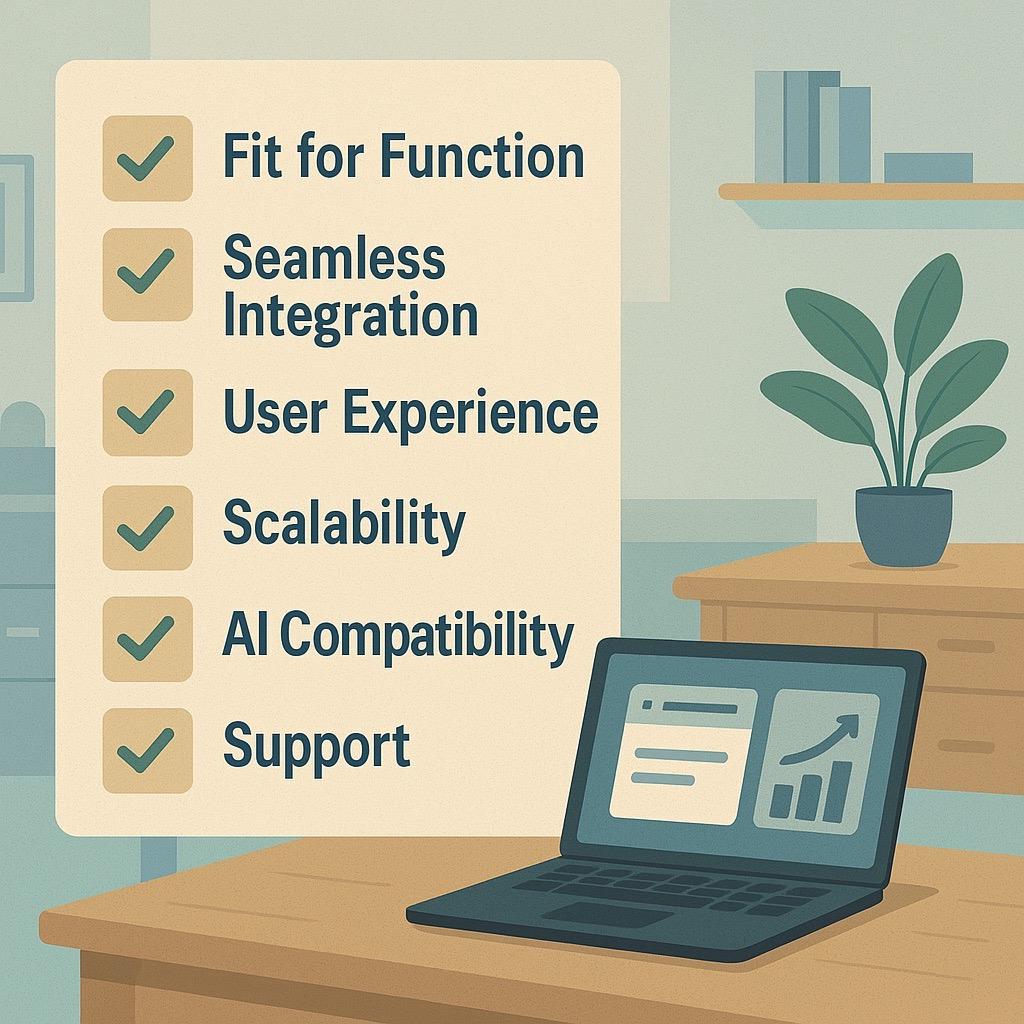
Before even looking at new tech, take a step back and map your current workflow. Understand how tasks flow, who is responsible, where the bottlenecks are, and what’s being done manually.
Ask yourself and your team:
What’s the real problem we’re trying to solve?
If the goal isn’t clear, any solution will be the wrong one.
What would our ideal workflow look like if we weren’t constrained by tools?
Don’t start with the tech… start with the people and process.
Where do tasks get stuck or duplicated?
These are prime areas for improvement or automation.
What tools are we already using, and how well do they integrate?
A “best-in-class” tool that doesn’t play well with the rest of your stack creates more problems than it solves.
How to Choose the Right Technology (That Actually Works)
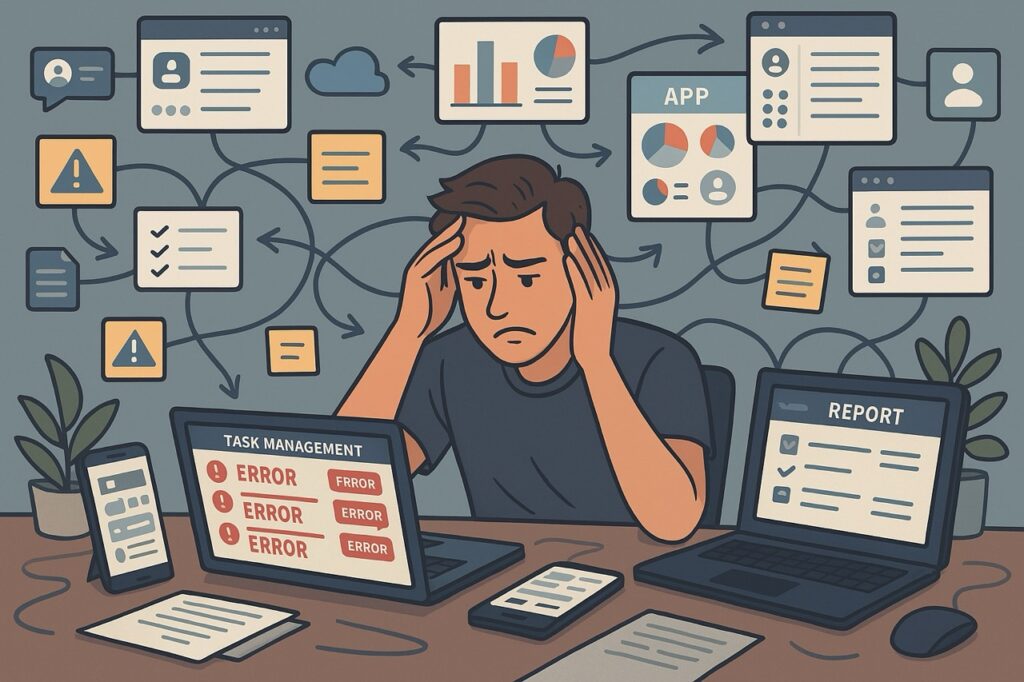
Once your workflow is clear, you can evaluate tools with purpose. Look for:
1. Fit for Function, Not Features
Don’t fall for shiny objects. Ask: Does this tool fit the way our team already works… or are we forcing a square peg into a round hole?
2. Seamless Integration
Can this tool plug into your existing tech ecosystem and AI layer? Integration is no longer a “nice to have”. It’s essential.
3. User Experience First
If the tool isn’t intuitive, it won’t be used. User adoption is a UX issue as much as it is a training one.
4. Scalability & Flexibility
Will this still work if your team doubles in size? Can it adapt as your workflow evolves?
5. AI Compatibility
Can this tool support intelligent automation, or is it static? AI-ready platforms are becoming the new baseline for modern workflows.
6. Post-Purchase Support
Does the vendor support adoption… or just close the deal? Look for onboarding, training, and ongoing enablement.
Your Tech Should Work for You... Not the Other Way Around
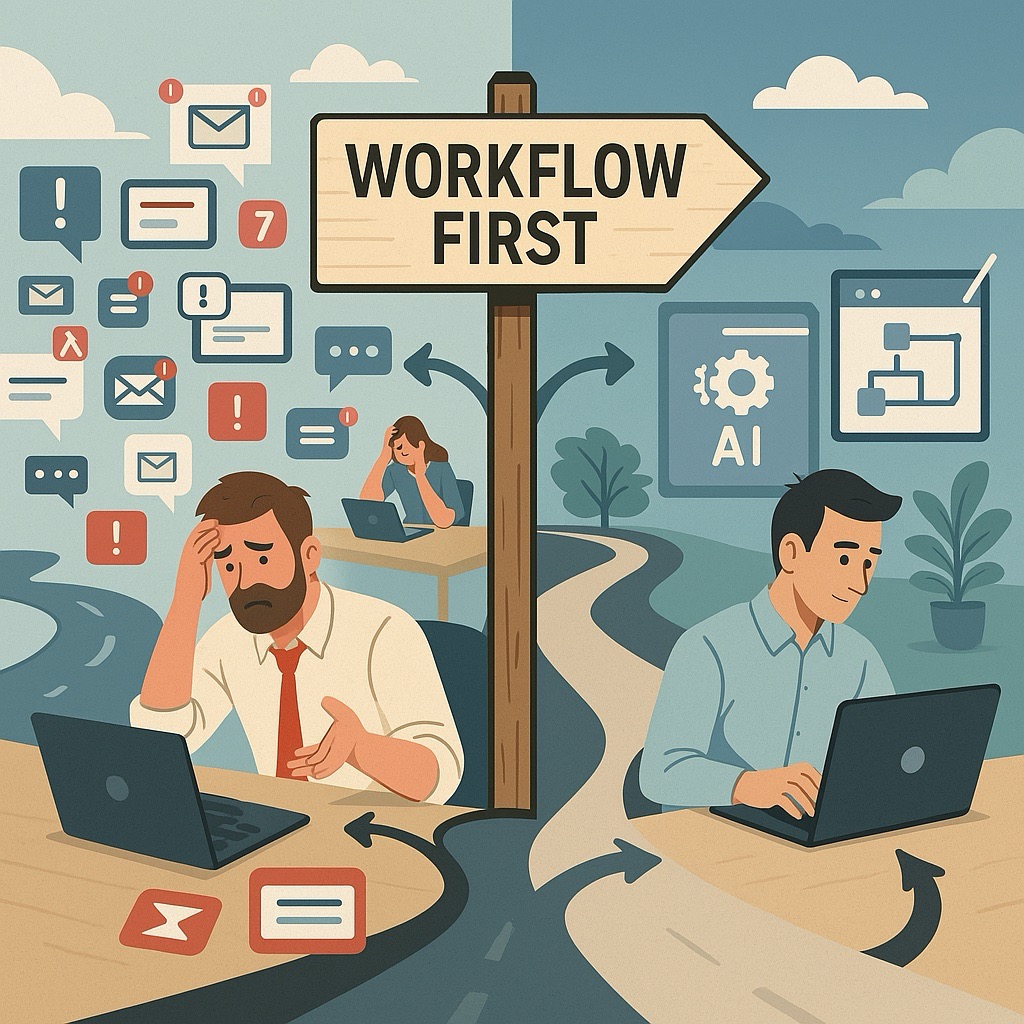
Tech should enhance the way your team works, not dictate it.
A well-designed workflow supported by the right tool will reduce friction, increase adoption, and create space for deeper work.
But if you reverse that order… tools first, workflow second… you risk investing in systems that only create more noise.
Workflows come first. Always.
Then choose tools that support, integrate, and scale, ideally with AI capabilities that allow your business to evolve, not just operate.
In a world moving fast, clarity is your competitive advantage.
AI will transform your business, but only if your foundation is ready for it.
Are your tools enabling smarter workflows… or just automating the mess?
I'll Leave You With This...
Let’s talk about it. Book a free strategy call today
